The Fertility Cleanse tea is really good. I experienced the detox benefits and have noticed the benefits to my menstrual cycle. Following on with the Womb tea I feel a general improvement in my menstrual cycle and it is better regulated. Waiting to share further results.
THE BEST PRODUCT MONEY CAN BUY!!
AFTER MANY YEARS OF DIFFICULTY IN CONCEIVING, I BELIEVE YOUR PRODUCT ARE MIRACLE MADE, THEY HELPED ME IN MANY WAYS, THE TASTE WERE MANAGEABLE. THE PRODUCT UNBLOCKED MY TUBES , TOGETHER COMBINED WITH WOMB 1
DRINKING BOTH WITH FAIL I BELIEVE THEY BOTH HELPED IN PREGNANCY WHEN I PURCHASED BOTH LAST YEAR IN OCTIOBER 2023, TO MY SURPRISE I FOUND OUT I WAS PREGNANT IN JAN 2023 ,
I HAVE RECOMMEND THE PRODUCTS TO FAMILY AND FRIENDS. AND FOUND OUT ONE OF FAMILY MEMBERS ARE PREGNANT USING YOUR PRODUCTS AFTER 10 YEARS OF TRYING TO CONCEIVING TRYING TO IVFS TREATMENT AND ALMOST GIVEN HOPE AND SHE DECIDED TO TAKE A CHANCE IN YOUR PROUCTS, SHE NOW DUE TO GIVE BIRTH THIS MONTH NOVEMBER 2024.
KEEP MAKING THESE PRODUCTS AS IT GIVES MANY OF US WOMEN TODAY HOPE, THAT IF YOU GIVE SOMETHING A TRY YOU WON'T REGRET.
THANK YOU HEALING TREE OF LIFE FOR THE EFFORT YOU PUT IN MAKING THEM AND GIVING US (WOMEN) THE FAITH THAT DELIVERS IN WHAT IT SAYS.
I ENCOURAGE ALL WOMEN TO TRY THESE PRODUCTS, ITS DEFINATELY SOMETHING WILL BE BUYING AGAIN IN THE FUTURE.
Congratulations! I'm so glad I was able to help you and your family member. Thank you for sharing your experience xx
THE BEST PRODUCT MONEY CAN BUY!!
AFTER MANY TRIALS AND ERRORS, I BELIEVE THIS PRODUCT IS MIRACLE MADE, IT HELPED ME IN MANY WAYS, THE TASTE WAS MANAGEABLE. THE PRODUCT UNBLOCKED MY TUBES AND TOGETHER COMBINED WITH WOMB 1 IT HELPED IN PREGNANCY. IT DEFINATELY SOMETHING I WILL BUY AGAIN IN THE FUTURE.
A comprehensive and compassionate resource that offers real solutions. Thank you!
This guide has been a beacon of light in my journey with endometriosis. Highly valuable and inspiring! Thank you















